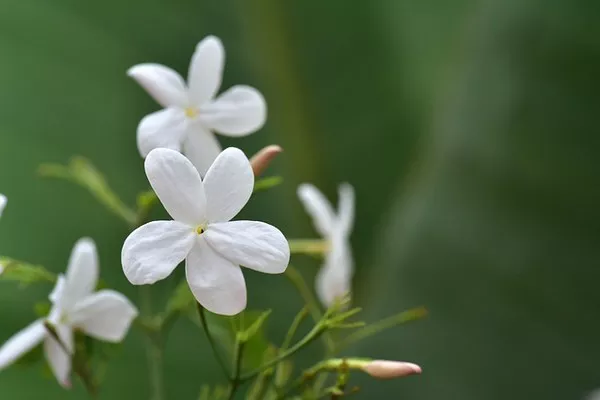In a groundbreaking paper published in Science, a collaborative effort involving 192 researchers across six continents delves into the intricate patterns of how bugs damage plants, challenging the conventional emphasis on mean or average levels of damage. Led by Nora Underwood, Professor of Biological Science at Florida State University, the study sheds light on the importance of understanding the variation around the average when assessing the impact of bugs on plants.
Underwood underscores the broader biological implications of exploring data points outside the mean. “What this is doing is looking at whether there is biological meaning to the numbers that exist outside the mean,” she explains. “That variance is not just noise.”
The study recognizes the critical role of comprehending how plants thrive or succumb to damage from external factors, particularly in the context of the global food chain and agricultural systems. Historically, scientists have predominantly relied on mean levels of damage to answer questions about plant damage.
However, the researchers propose that exploring the number of data points outside the mean could provide more nuanced and accurate insights. Brian Inouye, Professor of Biological Science at FSU, notes the economic implications of this research, stating, “Plants and insects make up one of the most common interactions on the planet and are the basis of our agricultural system.”
To conduct the extensive study, Underwood, Inouye, along with William Wetzel from Montana State University, and faculty from Virginia Tech and the University of Florida, established the Herbivory Variability Network. This international collaboration engaged researchers and volunteers worldwide to collect data on both mean and variation in insect damage to plants.
The Herbivory Variability Network gathered over 47,000 plant samples from 790 sites across six continents, encompassing 503 plant species. Through the meticulous examination of this data, researchers discovered intriguing patterns. Plants closer to the equator exhibited less variation in damage, while those closer to the poles experienced more variation – a reversal of the pattern observed for mean damage. Additionally, certain plant families displayed significant variance in damage, while others did not.
Inouye emphasizes the significance of their findings, stating, “Our findings really drive home the idea that it is critical to look at all of the data points in addition to the mean to find patterns.”
Recognizing the impact and potential of their work, Inouye, Underwood, and collaborators secured a grant from the National Science Foundation. This grant aims to further enhance the Herbivory Variability Network, develop theoretical frameworks, create educational resources, and analyze additional sources of data.
Inouye, who is actively involved in developing more theory around using variance to determine patterns, expresses the global enthusiasm that contributed to the success of the project. “This is all about the joy of science,” he affirms. “This is curiosity about a fundamental thing that nobody really looked at before.”

